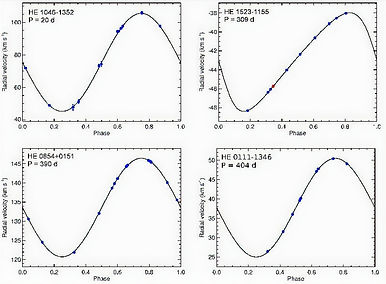On August 17, 2017, astronomy entered a new era with the detection of GW170817, a gravitational wave signal from a neutron star merger NSM, profoundly kicking off the era of multi-messenger astronomy. Observations of the resulting kilonova revealed a signal consistent with the decay of heavy-element isotopes, providing the first direct evidence of heavy-element production via the rapid neutron-capture (r-) process. However, despite this breakthrough, key details about the r-process and its role in the Universe’s chemical makeup remain unknown. With the R-Process Alliance, we are working to understand the details of the r-process using abundances from metal-poor stars.

Abundance pattern of r-process enhanced star, including gold and cadmium, derived from spectra taken with the Hubble Space Telescope and the Magellan/Clay telescope (Hansen et al., 2025)
Ultra-faint dwarf (UFD) galaxies are the smallest, most dark matter-dominated, and metal-poor systems we know. Detailed chemical analyses of stars in UFD galaxies provide a window into studying the birth environment of stars and examining single nucleosynthesis enrichment events.
Complementary to the UFD galaxy abundance analysis is the analysis of stars found in stellar streams. The streams are remnants of accreted globular clusters and dwarf galaxies. In recent years, several of these associations have been detected in the Galaxy using data from the Gaia satellite.

[Mg/Ca] ratios of stars in ultra-faint dwarf galaxies. The three stars in Grus II all exhibit high [Mg/Ca] ratios suggesting this galaxy was enriched by a population of high mass stars (Hansen et al. 2020).
The chemical composition of the oldest and most metal-poor stars in the Milky Way is a direct fingerprint of the elements produced in the stellar generations before them. Therefore, they are ideal tools to study specific nucleosynthesis channels.

Orbits of four CEMP-s binary stars. The result of extensive radial-velocity monitoring of CEMP-s stars revealed the majority of them to be part of binary systems (Hansen et al., 2016)